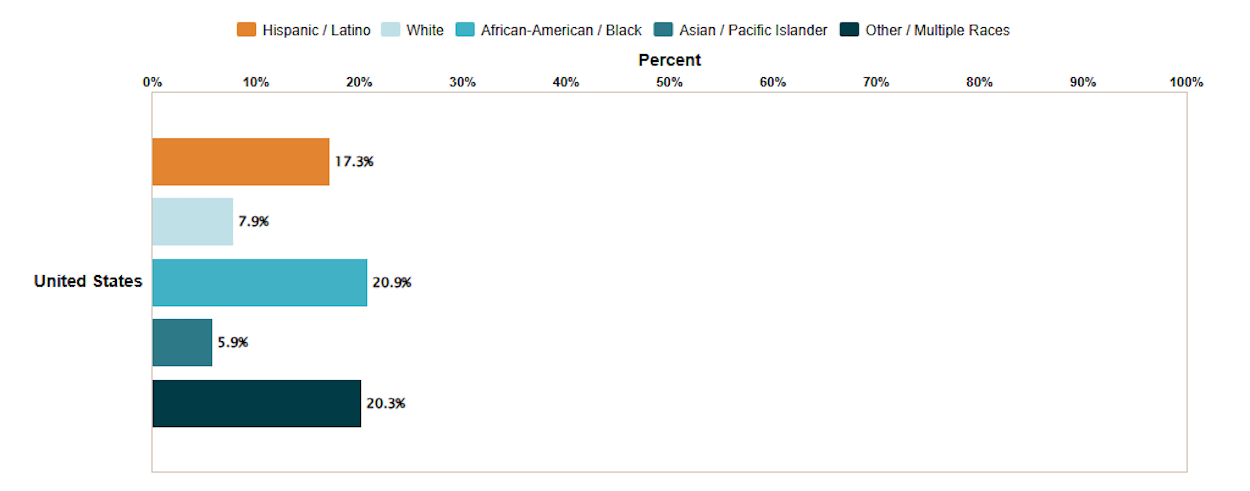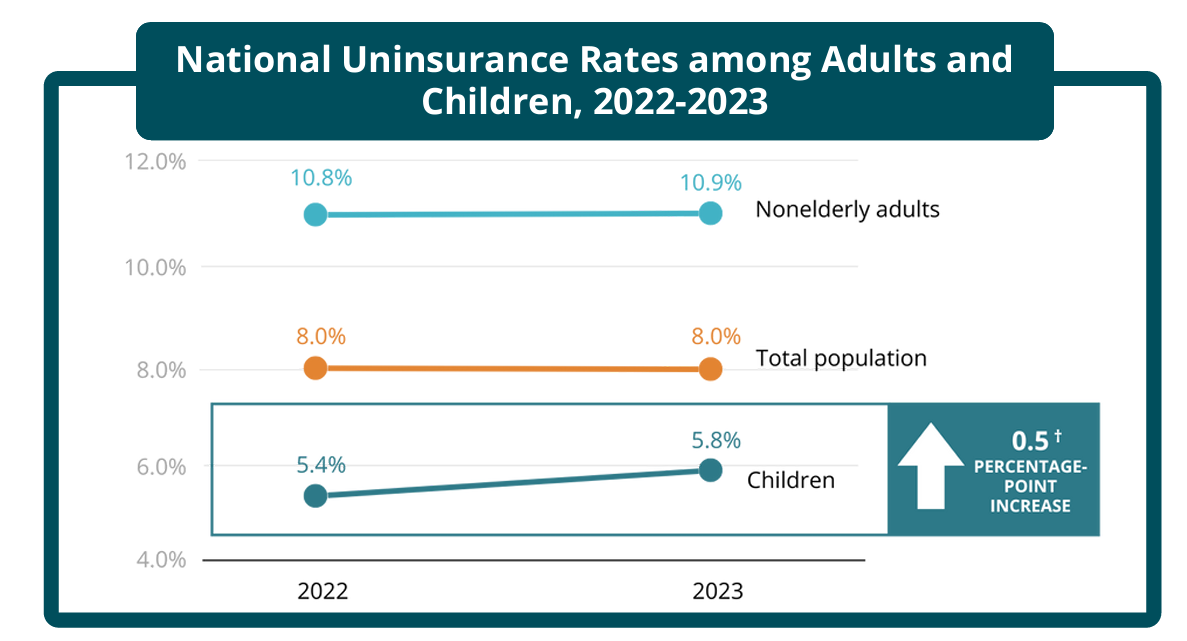Median Medical Out-of-Pocket Spending
Measure Overview
While health insurance can help protected individuals from unexpected health care costs, enrollees are typically required to pay for some share of costs on their own (i.e., “out-of-pocket”). Out-of-pocket (OOP) spending can include the costs of premiums, co-pays, diagnostic tests, prescription drugs, eyeglasses, contact lenses, and medical supplies. High medical out-of-pocket spending poses an issue for insured individuals who seek care but still struggle to afford the share of costs not covered by insurance and for uninsured individuals who may bear the full cost of services.
State Health Compare provides annual, state-level estimates of median OOP spending by population (either individuals with employer-sponsored coverage or individuals in the total U.S. population). These estimates reflect data collected in the Current Population Survey.
State Health Compare provides annual, state-level estimates of median OOP spending by population (either individuals with employer-sponsored coverage or individuals in the total U.S. population). These estimates reflect data collected in the Current Population Survey.
Generate customized graphics using this data by selecting one of the options below.
Related Products

Updated Health Data Sets on State Health Compare: Explore Health Statistics and Health Data Visualizations
SHADAC’s public health research fellows and analysts consistently update measures on State Health Compare (SHC) in order to provide users with the most up-to-data available data. In this post, we will review the health data sets and measures that have been updated since our last measure update blog, including a short explanation of the measure and its data source.

CPS ASEC: 2023 National Health Insurance Coverage Estimates Remain Steady for Adults but Rise for Children
This blog post explores changes in national-level coverage rates by demographic characteristics such as age, employment, race and ethnicity, immigration status, poverty status, and Medicaid expansion status.
